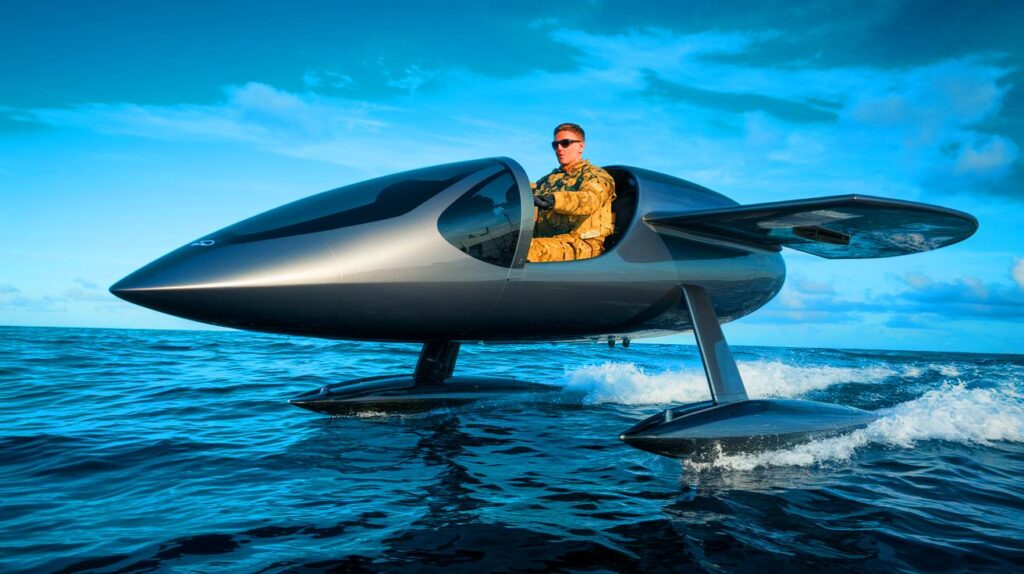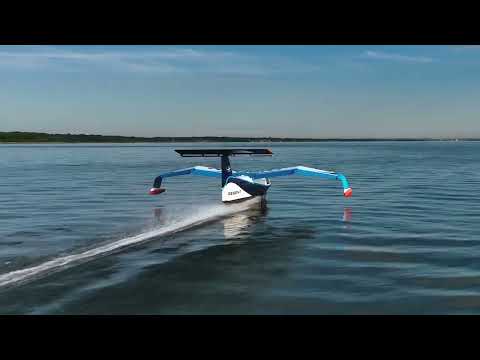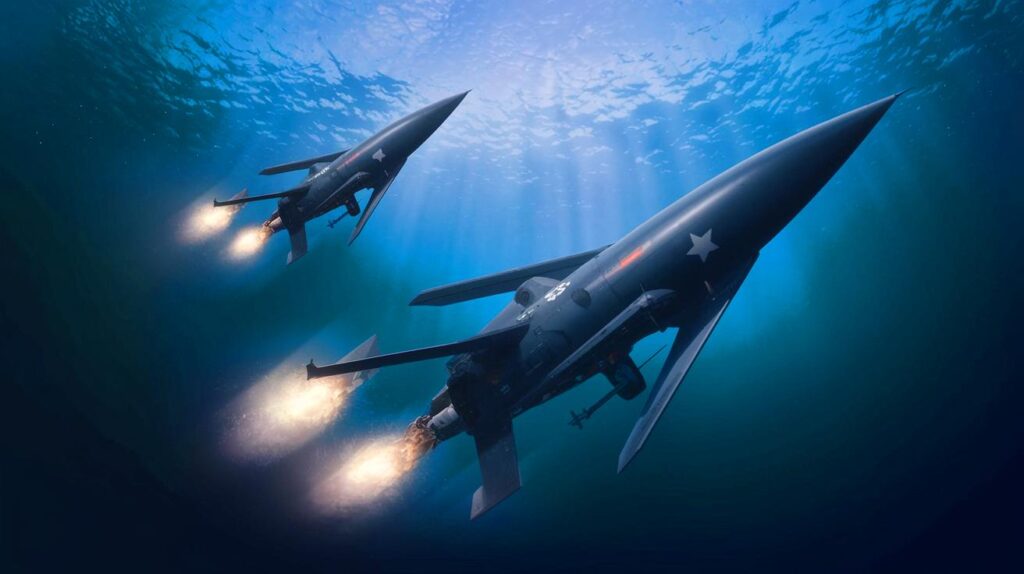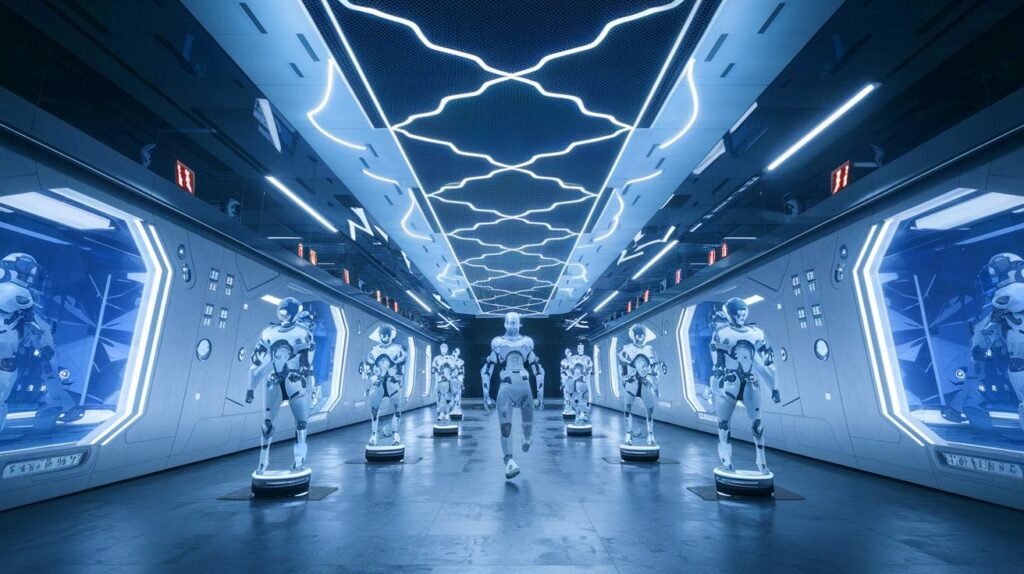| In Brief |
|
The rapid development of electric seagliders marks a major milestone in military technological innovation. These vehicles, capable of flying at high speeds while remaining radar-invisible, represent a strategic asset for armed forces. With Regent Craft at the helm, collaboration with the United States Marine Corps paves the way for significant advancements in maritime defense. This article explores the specifics and advantages of these revolutionary vehicles, as well as their potential in rescue and defense operations.
High-Speed Electric Seagliders Invisible to Radar
The seagliders Viceroy, developed by Regent Craft, are designed to operate at speeds of up to 180 mph over a distance of 180 miles. These vehicles feature unique characteristics that make them particularly suitable for military needs. Their ability to take off and land on water eliminates reliance on traditional runways, which are often vulnerable during conflicts. Their electric propulsion reduces thermal and infrared signatures, while allowing them to fly at low altitudes to evade radar detection. Thus, the seagliders incorporate cutting-edge technologies that meet national security requirements, particularly for complex logistical operations.
Seagliders represent a significant advancement in defense, where speed and efficiency are critical for mission success. Furthermore, their ability to be recharged using coastal and maritime resources provides a reliable energy source during operations. These technological innovations highlight the potential of seagliders to transform maritime defense strategies.
An Asset for Rescue Operations
Seagliders offer an economical solution for rescue and defense operations, thanks to their simple design and low maintenance costs compared to traditional aerial and maritime vehicles. In 2025, Regent bolstered its manufacturing capabilities by inaugurating a new facility at Quonset Business Park in North Kingstown. Set to be operational by 2026, this plant will focus on manufacturing components, assembling vehicles, and testing the Viceroy seaglider.
In light of the current geopolitical challenges, where maritime conflicts are becoming increasingly important, seagliders emerge as innovative solutions. Their ability to operate in complex coastal environments and efficiently transport personnel and supplies between combat zones and supply points is crucial. The concept of “tyranny of distance” highlights the logistical difficulties encountered in strategies such as insularization in the Indo-Pacific region, making seagliders particularly valuable.
The Strategic Role of Seagliders in Maritime Defense
Regent Craft’s seagliders could play a pivotal role in the modern defense strategy. Tom Huntley, vice president of government relations and defense at Regent, emphasized the strategic advantages these vehicles offer during maritime operations. Drawing from his experience as a former U.S. Coast Guard pilot, he highlighted the potential of seagliders to enhance military operations in challenging environments.
Seagliders provide new options in an increasingly complex operational landscape, where logistical challenges necessitate speed and efficiency. By delivering innovative solutions to maritime challenges, they strengthen the military’s ability to carry out missions in various conflict contexts. These vehicles represent a significant strategic advancement for future military operations.
Future Prospects for Regent Craft and the Seagliders
Regent Craft continues to progress in the development and certification of its seagliders. By submitting the Viceroy’s baseline design agreement to the U.S. Coast Guard, the company is taking a crucial step in the certification process. Recently conducted sea trials in Narragansett Bay mark a significant advance toward the maritime approval of seagliders.
As geopolitical conflicts shift towards maritime zones, seagliders present essential solutions for addressing transportation and logistics challenges. These innovative vehicles provide increased flexibility and efficiency, vital for modern operations. How will seagliders transform the future of maritime defense operations?








